After Jubal Early's raid into Maryland in 1864, President Lincoln appointed young Philip Sheridan to command the US Army in the Shenandoah Valley. Sheridan understood that Lincoln's reelection in November depended on winning battles.
-
Cedar Creek & Belle Grove National Historical Park
Article 1: Sheridan's Valley Campaign
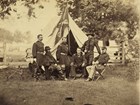
Gen. Philip Sheridan delivered a series of stinging defeats to the Confederates and wresting their control of the vital region. Sheridan’s army left much of the Shenandoah Valley in ashes, making it unable to sustain Confederate armies. Read more
-
Cedar Creek & Belle Grove National Historical Park
Article 2: Sheridan Takes Command of the Army of the Shenandoah
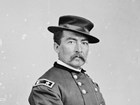
A Confederate raid into Maryland in July 1864 exposed the US Army's weaknesses. Lincoln appointed Sheridan, 33 years old, to take command of the armies around Washington, DC and in the Shenandoah Valley. Read more
-
Cedar Creek & Belle Grove National Historical Park
Article 3: Cavalry in the 1864 Fall Shenandoah Valley Campaign
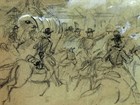
In the first three years of the Civil War, Confederate cavalrymen established their reputation as flamboyant cavaliers who whipped the Federals battle after battle. Once the war returned to the Shenandoah Valley in the spring and summer of 1864, however, the tide began to turn. By the fall, the odds were stacked against the Confederate horsemen. Read more
-
Cedar Creek & Belle Grove National Historical Park
Article 4: Battle of Berryville
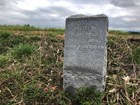
Sheridan marched his Army of the Shenandoah south, reaching Berryville on September 3, 1864. Confederates found them pitching camp and attacked with limited results. During the night, Early brought up his entire army but by daylight found the Federal position too strongly entrenched to attack. Early withdrew after dark on September 4 to Winchester. Read more
-
Cedar Creek & Belle Grove National Historical Park
Article 5: Third Battle of Winchester
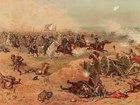
Confederates suffered a costly defeat at the Third Battle of Winchester, September 19, 1864. The largest battle in the Shenandoah Valley saw 54,400 total troops engaged and 8,630 casualties, including over a quarter of the Confederate Army of the Valley. The Confederates' retreat from Winchester to Fisher's Hill was the beginning of the end of their resistance in the Valley. Read more
-
Cedar Creek & Belle Grove National Historical Park
Article 6: Battle of Fisher's Hill
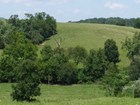
Often referred to as the “Gibraltar of the Confederacy,” Fisher’s Hill offered at least some security and even limited comfort to Confederate soldiers after defeat at Third Winchester. Read more
-
Cedar Creek & Belle Grove National Historical Park
Article 7: The Burning
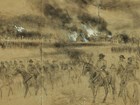
The Shenandoah Valley became a prime target in 1864 as the American Civil War took a turn from a limited war to a total war. "The Burning," as it came to be called, was part of a Federal strategy to hasten the end the of the war. Read more
-
Cedar Creek & Belle Grove National Historical Park
Article 8: Battle of Tom's Brook
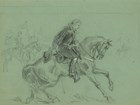
Confederate horsemen were already reeling from their defeats at Third Winchester and Fisher’s Hill. The Battle of Tom's Brook on October 9, 1864 showed again how Federal cavalry had gained superiority. Called the “Woodstock Races” because Federal cavalry chased their opponents as far south as Woodstock, the loss at Tom's Brook did irreparable damage to the morale of Gen. Jubal Early's cavalry. Read more
-
Cedar Creek & Belle Grove National Historical Park
Article 9: Skirmish at Hupp's Hill
After The Burning, many Federal soldiers felt confident the Confederates posed no further threat in the Valley. Meanwhile, Early had received reinforcements and pondered how he could successfully attack a much larger Federal force. Read more
-
Cedar Creek & Belle Grove National Historical Park
Article 10: Battle of Cedar Creek
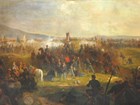
The Federal victory at Cedar Creek on October 19, 1864 ended Confederate resistance in the Shenandoah Valley. Coming just three weeks before the presidential election, news of the victory boosted morale in the Northern states and helped carry Abraham Lincoln to a landslide reelection. Read more
-
Cedar Creek & Belle Grove National Historical Park
Article 11: Thanks of the Nation
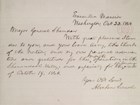
Lincoln recognized the importance of Sheridan's victories and penned his congratulations three days after Cedar Creek, "I tender to you and your brave army the thanks of the nation and my own personal admiration and gratitude for the month's operations in the Shenandoah Valley and especially for the splendid work of October 19, 1864." Read more
